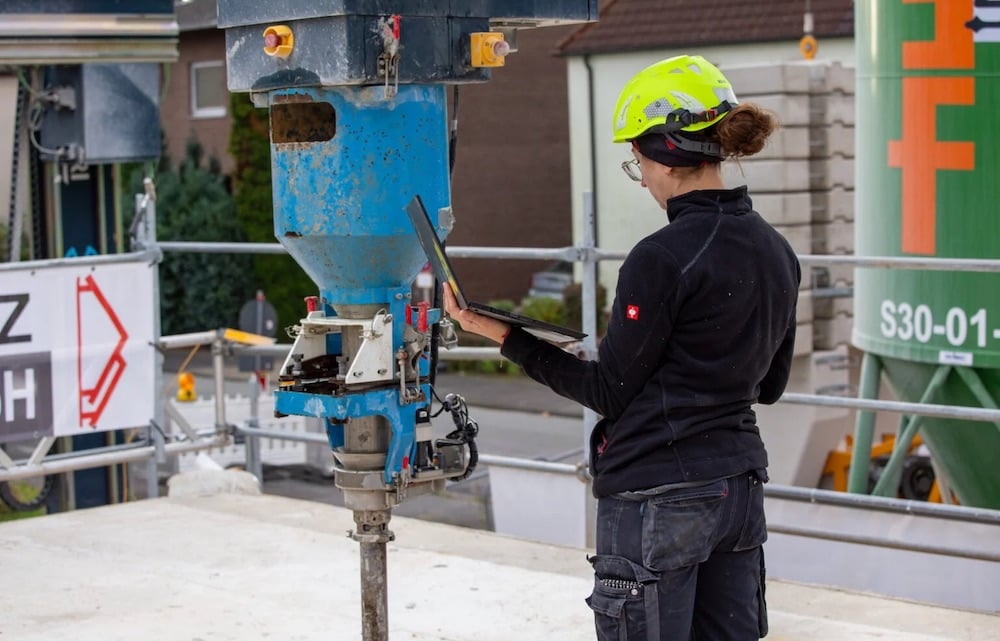Lünen, a former coal-mining town in Germany, will soon be home to Europe's first 3D-printed social housing apartment building. The publicly-funded three-story complex will feature six apartments measuring 61 to 81 m2 (670 to 890 sq. ft.) each.
It will take 100 hours to 3D print the building's first and second floors in concrete layers. The third floor will be constructed using a hybrid timber method and encased with facade panels, with the first two levels showing the printed concrete's original shape and texture. Execution of the project is in hands of PERI, which uses printing technology by COBOD.
As a construction method, 3D printing is transitioning from experimental applications to more mainstream uses and a wider range of structures. As Henrik Lund-Nielsen, COBOD's founder, notes: "This project continues the trend that we have seen in the last couple of years, where the technology has made some remarkable leaps forward, moving away from just being used for small houses on one floor to also being used for larger and larger projects with multiple floors."

Trend Bite
The global housing crisis shows no signs of letting up, and millions of new affordable homes will need to be built within the next decade. With its reduced need for manual labor, resulting in cost efficiencies and faster construction timelines, 3D concrete printing offers a scalable solution to those urgent housing demands.
Unfortunately, concrete has a massive carbon footprint because it's made using cement — at least 8% of global emissions caused by humans come from the cement industry. So, unless cement sees significant decarbonization, there's plenty of room for lower-impact alternatives to 3D printing that can compete on speed and cost-effectiveness. Watch this space! :)
Join 100,000+ future-focused professionals in 180 countries already receiving our free trend updates.
Select your country